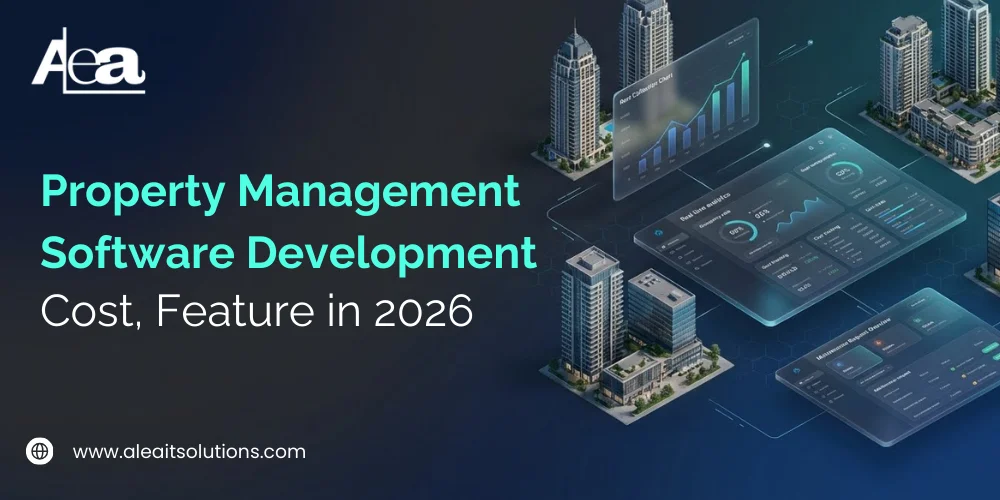Web development is at an exciting intersection. As technology moves forward, such languages and structures that shape our digital experiences. In this blog, we will engage in the latest trends in both front-end and back-end development, which will highlight the technologies that are shaping the future of the web. Our goal is to provide insights that are not only informative, but also actionable, which helps businesses to be ahead in the competitive scenario.
A Quick Overview of Web Development
Web development consists of two main components:
Front-end development: This involves interacting users directly. It is about crafting visual aspects of a website or application, ensuring that it is not only functional, but also attractive. Front-end developers usually work with languages such as HTML, CSS and JavaScript to create attractive user interfaces.
Back-and Development: This is the rear visual action that gives powers to applications. This includes managing database, server logic and application interface. Back-end developers use languages like Python, Ruby, PHP and Java to create architecture supporting front-end functionality.
Both places are important in providing a harmonious digital experience, and both are growing rapidly.
Trends in Front-End Development
- The Rise of JavaScript Frameworks
JavaScript remains the superstar of the front-end development, and its ecosystem is continuously expanding. Framework such as reacts, angular and vue.js have become essential tools for developers. They streamline the process of manufacturing dynamic user interfaces, which improves rapid growth cycle and better user experiences.
What is next: JavaScript is expected to look at the continuous increase in adoption of framework, especially with focus on performing performance and user experience. Tools such as next.JS and nuxt.js are making stride by supporting server-side rendering, which is important for optimization of SEO and load time.
- Progressive Web Apps (PWAs)
Progressive web apps are changing the game by merging the web and the best characteristics of the mobile application. Pwas provide users a sharp, reliable experience, even offline. They can be installed on equipment, making them feel like native apps while distributed through a browser.
What is next: As more companies recognize the value of PWAS to improve user’s busyness and retention, we can expect this trend to grow. They are becoming increasingly necessary for businesses looking to provide better digital experiences.
- Emphasis on Motion UI and Micro-Interactions
Including motion design and micro-interception in the web application is becoming a standard exercise. These features increase the user’s busyness by visual feedback and users through various tasks, making the experience more comfortable.
What is next: As the user’s expectations are increasing, the use of speed UI and micro-interception will probably become more prevalent. Business taking advantage of these elements can cause memorable experiences echoing with users.
Trends in Back-End Development
- Embracing Serverless Architecture
There is a revolution in servers computing how developers contact for back-end development. By removing the need to manage the server, developers can focus on writing code while the cloud provider handles the infrastructure. Services such as AWS Lambda and Azure Functions are leading this fee.
What’s next: The trend towards serverless architecture is likely to increase, especially when organizations want ways to streamlinom operations and reduce costs. This approach enables rapid growth and more flexibility.
- Adopting Microservices Architecture
Microservices architecture is becoming increasingly popular as it allows developers to break applications into small, manageable services. This flexibility increases scalability and makes it easy to deploy updates without disrupting the entire application.
What is next: As organizations prioritize agility and rapid deployment, the expansion of microsarvis will continue to expand. This gives the architecture teams the right to respond rapidly to change the needs of business.
- APIs as the Backbone of Modern Applications
APIs are integral parts of modern web applications, which facilitate communication between various services and systems. The rise of restful API and GraphQL is simplifying the developers, making services, to increase functionality.
What is next: API dependence will increase because businesses seek ways to integrate third-party services and create more interconnected user experiences. A strong API strategy will be important for future success.
Emerging Languages and Technologies
- TypeScript Takes the Spotlight
Typescript, which adds stable typing to JavaScript, is receiving traction among developers. This growth allows better code for organization and low errors, making it easier to manage large codebase.
What is next: Such as teams work on more complex applications, expected to adopt typescript. Its ability to increase the quality of cooperation and code makes it a valuable additional for any developer’s toolkit.
- Python’s Expanding Role
Python is becoming a language for back-end development, thanks to its simplicity and versatility. Framework makes it easier to create strong applications for framework developers such as Django and Flask. In addition, the strong presence of python in data science and machine learning further further enhances its relevance in web development.
What is next: As business data-operated applications are more bent towards, the popularity of python in web development is likely to increase. It is a language that is well deployed for the future.
- Rust for Performance-Driven Applications
Rust is drawing attention to performing its focus on performance and safety. Although it is mainly known for system programming, its use in web development is especially on the growth for back-end services.
What is next: As the demand for performance-matured applications increases, Jung can become a major player in web development. Its efficiency and safety makes it an attractive option for many developers.
The Importance of Adaptation
As the landscape of web development develops, staying updated with the latest trends and technologies is equally essential for developers and businesses. Here are some strategies to stay ahead:
Embrace constant Learning: Make it a habit to detect new languages, outlines and equipment. Online courses, tutorials and webinars can provide valuable insights that keep your skills sharp.
Attach with the Community: Join developers and forums to share knowledge and learn from colleagues. Networking with fellow professionals can be given rise to opportunities and new ideas.
Experiment with new Technologies: Do not be afraid to try new languages or outlines. The construction of individual projects can help you gain experience on hands and determine which technologies suit your needs.
Conclusion
The future of web development is bright and full of opportunities. As the front-end and back-end languages develop, developers and businesses should remain agile and be suitable for flourishing. Organizations can put themselves in position for success in this dynamic scenario by embracing emerging trends, taking advantage of new techniques, and constant learning culture.
In Aleait Solutions, we are committed to helping businesses to navigate these changes and exploit the latest techniques to achieve their goals. Let’s connect and find out how we can increase your web development projects to new heights!




